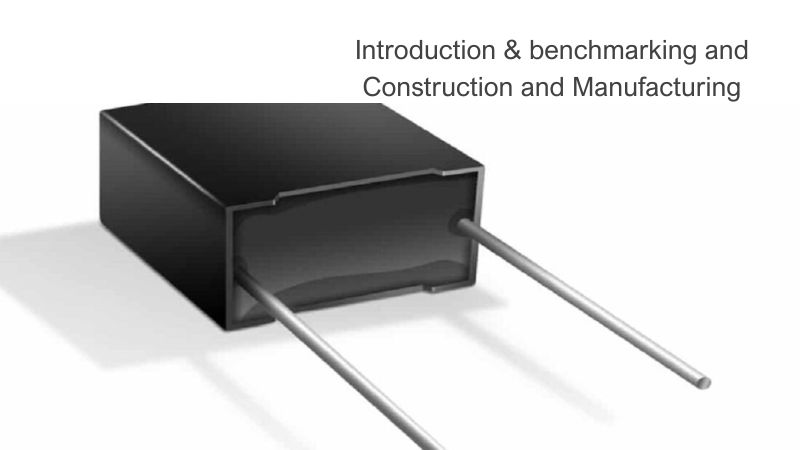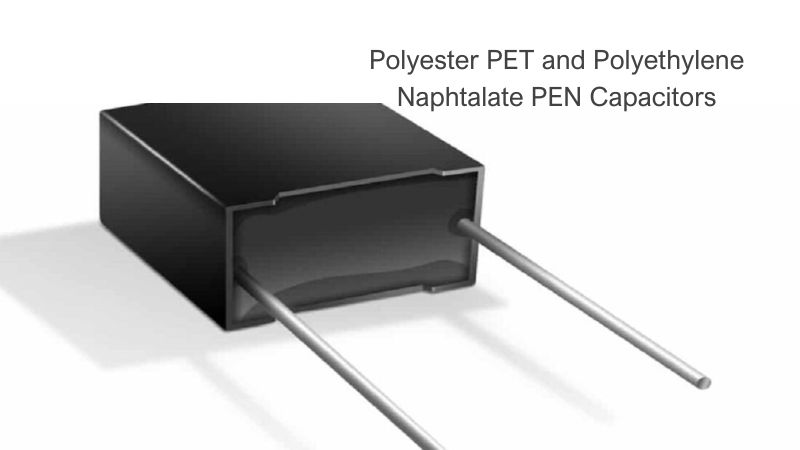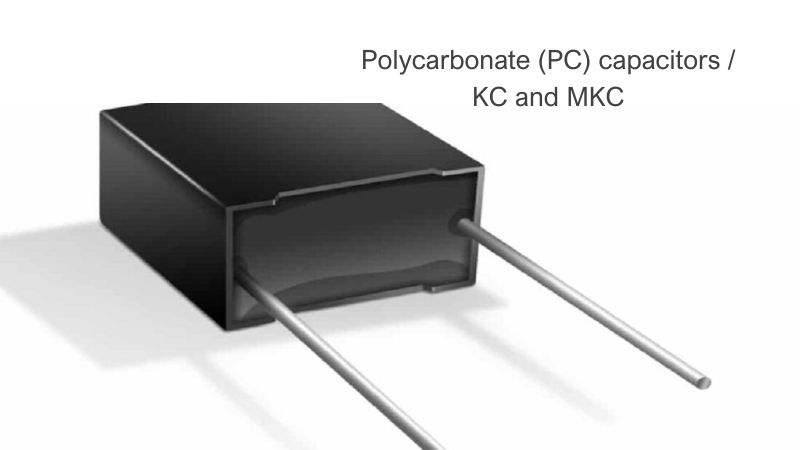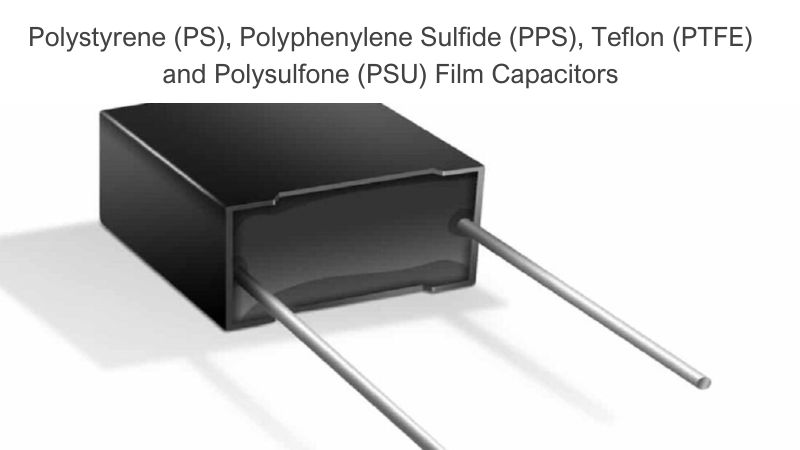This article is the second part of a complete installment on the construction, application, and features of film and foils organic dielectric capacitors, divided into 6 sections:
Paper capacitors
The “pure” paper capacitors (MP) are not often used anymore, but it is good to familiarize yourself with the technology and explain some principles. Metallized paper MP and plastic film MK (MKP and MKT) technologies are still used today as EMI noise suppression capacitors.
Plastic film MKT and MKP electrostatic capacitors are offering higher capacitance values in smaller case sizes compared to MP capacitors. However, thanks to the good oxidation behaviour of the paper dielectric, MP paper capacitors have outstanding self-healing properties and reliability even with high energy pulses.
Paper / foil
The history of the commercial capacitor started with paper foil dielectrics and electrodes of aluminum foils. Because paper is porous, it has to be impregnated to prevent corona effects and flash-overs. It is done by using melted wax or different kinds of oils, such as mineral and silicone oils. The fats increase the tensional stability but decrease to a certain extent the εr. The fibrous paper has an εr ≈ 6.6 and the mineral oil ≈ 2.3, which gives the impregnated winding an εr varying between 3.1 and 4.5. The differences depend above all on the winding pressure produced by the tensile force during winding.
Formerly at least two impregnated paper foils were used because of the character of the paper. Today mixed dielectrics are used frequently where the paper is combined with plastic foils, usually polyester (PET) or polypropylene.
Because the summary tables following each presented material type don’t deal with the impregnation agents and mixed dielectrics separately, we mention some of their characteristics in following Table 1.
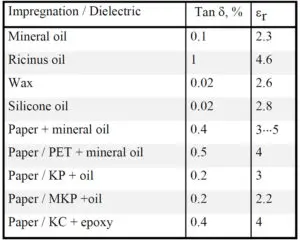
Table 1. Tan δ, 1 kHz, and εr for some mixed dielectrics.
The casings contain only a faint amount of oil in standard mains and feed-through capacitors intended for consumer purposes. Most of it exists in the paper foils. The impregnation is carried out in a vacuum on the finished winding; after that, the paper first has been dried carefully in an oven.
MP (metalized paper)
The first metalized film capacitor was built with metalized paper. The MP foil looks, in principle, like the one in Figure 1.
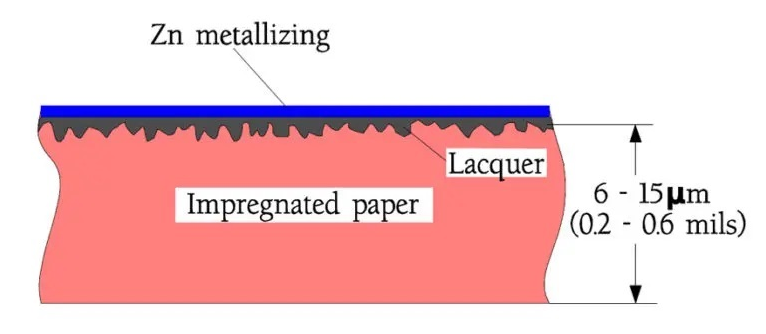
Figure 1. Cross-section through an MP foil capacitor.
The genuine MP capacitor once was falling out of use, but concurrently with experiences from the plastic films, it has witnessed a well-motivated renaissance. Above all, it concerns the need for transient protecting capacitors in mains applications. According to Table C2-1, the carbon deposit from self-healings produced during manufacture – so-called clearings – are uniquely low for cellulose materials at the same time as the necessary energy release stops at completely harmless levels (ΔV ≈ -10 mV… -1 V).
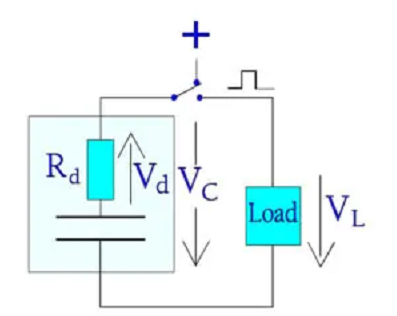
Figure 2. Energy loss in the dielectric at a pulse load
Transient Suppression / X- and Y- Safety Capacitors
In the RFI capacitors that shall protect against Radio Frequency Interference, X- and Y-capacitors are included. They are connected to the mains, according to Figure 3. There they also serve another vital purpose. Transients strike, namely every live main, relatively often. They may come from the ”outside” but may also be generated by our equipment.
Between 80 and 90 % of all transients from the mains last between 1 and 10 μs, are higher than 1000 V, have voltage rise times of 200 to 2000 V/μs, and occur at least 10 times a day. We realize that their damage must be eliminated. It is done by the X-capacitors, which thus are connected between the lines of the mains.
The Y-capacitors represent another type of transient suppression. They are connected between either of the power lines and the grounded cover of electric equipment. Here we require an extra high safety against short-circuits to prevent the equipment from being put under tension and thus causing severe personal injuries. Besides, the Y-capacitor shall have a limited capacitance in order not to bring about harmfully high currents through the human body in case of a possible open circuit in the ground wire (see Figure 3.).
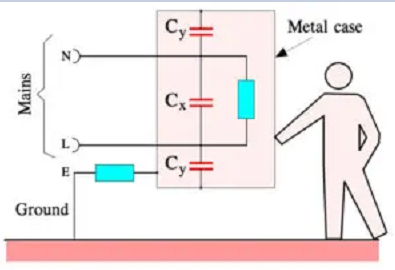
Figure 3. Connecting of X- and Y-capacitors.
They must pass the following three tests without remarks to verify that the X- and Y-capacitors can withstand occurring transients.
1.Life test according to IEC 384-14, 1000 hrs at Tuc and 1.25xVR + 1000 Vrms every hour for 0.1 s.
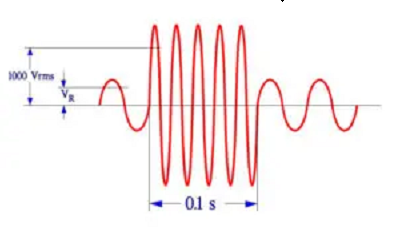
Figure 4. Life test of X- and Y-capacitors.
2.Surge voltage test according to 384-14. Three pulses of Vp = 2.5 to 5 kV depending on capacitor type.
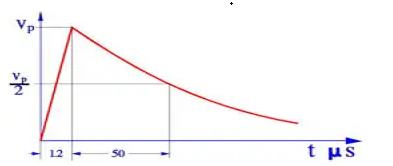
Figure 5. Surge voltage test of X- and Y-capacitors.
3.Charge and discharge test according to IEC 384-14. 10 000 pulses at 100 V/s and 2xVR.
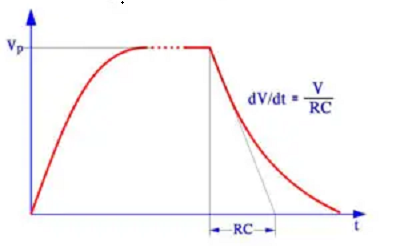
Figure 6. Charge and discharge test of X and Y capacitors.
MP or MK?
We have to count on self-healing breakdowns in X- and Y-capacitor applications. The voltage drop caused by self-healing depends on the energy consumed to evaporate dielectric and metalizing. Here MPs with their zinc metalizing have been superior to plastic film capacitors, which have had an Al metallization whose evaporation process requires several times higher energy than Zn. Nowadays, however, plastic film capacitors (MK) are brought on the market with metallization alloys based on the advantageous characteristics of zinc but without its tendency towards aqueous corrosion.
Further on, unique designs of metalized plastic films exist where a segmented metallization is used, sometimes called a structure metallization. The surface is divided into mutually demarcated elements within reach of the charging current via narrow gates. At self-healing, the surge current burns them off. See examples in Figures 7. and 8. below. The surface element is isolated, the discharge current from other elements is cut off, and the beginning voltage drop. One gets approximately the same energy limitation as by a self-healing in an MP capacitor, especially if the structure metallization is combined with choices of modern metalizing alloys. Figure 7. shows typical self-healing effects on the voltage drop over a capacitor.
The metalized plastic films (MK) that hitherto have been used are polyester (MKT) and polypropylene (MKP). The latter need not be structure metalized due to its excellent self-healing chemistry. Combined with very thin ZnAl metalizing, the design gets the same characteristics as structure metalized MK. In addition, its high-frequency features are superior to those of other films.
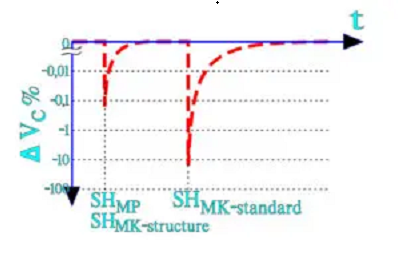
Figure 7. Typical voltage drops DVC at a self-healing (SH) in an MP and an MK capacitor under tension. SHMP » SHMK-structure.
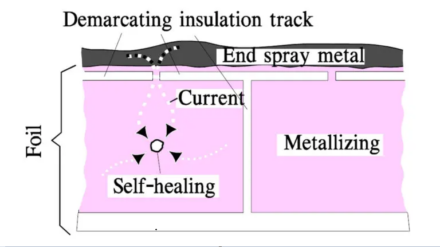
Figure 8. Example of a structure metalized foil and the self-healing current.
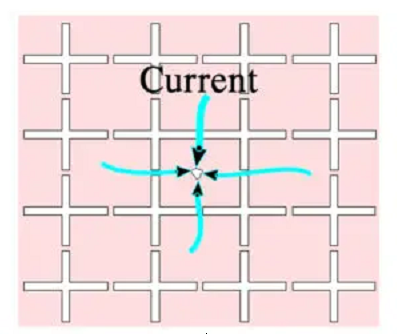
Figure 9. Grid-like metallization pattern.
Another very interesting structure, metallization, consists of metalized circular surfaces on top of a thin, high surface resistivity metalizing that covers the total surface. The weak circular joints serve together with the thin underlying metallization as fusing elements. The fusing function is favored by the metallization of zinc or low-energy alloy.
Every self-healing reduces the capacitance correspondingly to the surface reduction. The author believes that the MP capacitor is superior to structure metalized MK types. But, of course, both types meet current standards and safety requirements.
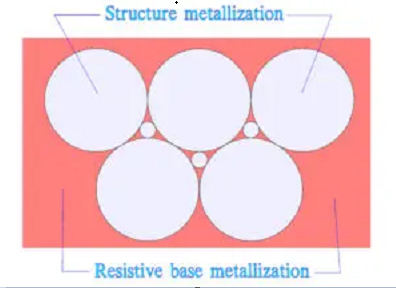
Figure 10. Schematic of segmented metallization.
Temperature and frequency dependencies
The following diagrams show typical graphs for paper capacitors’ temperature and frequency dependence.
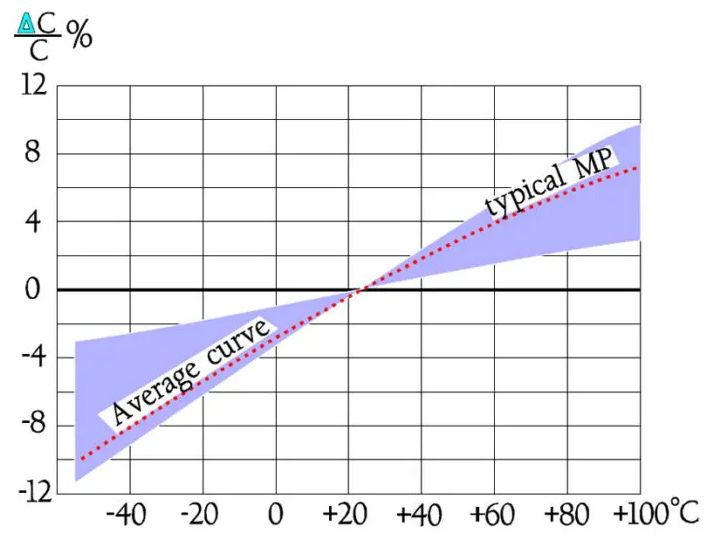
Figure 11. Capacitance C versus temperature T for MP and oil-impregnated paper capacitors.
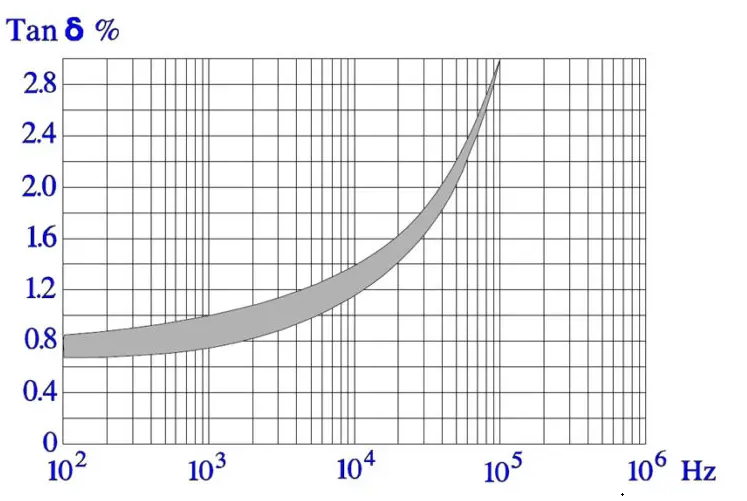
Figure 14. Typical frequency dependence of the dissipation factor for an MP capacitor.
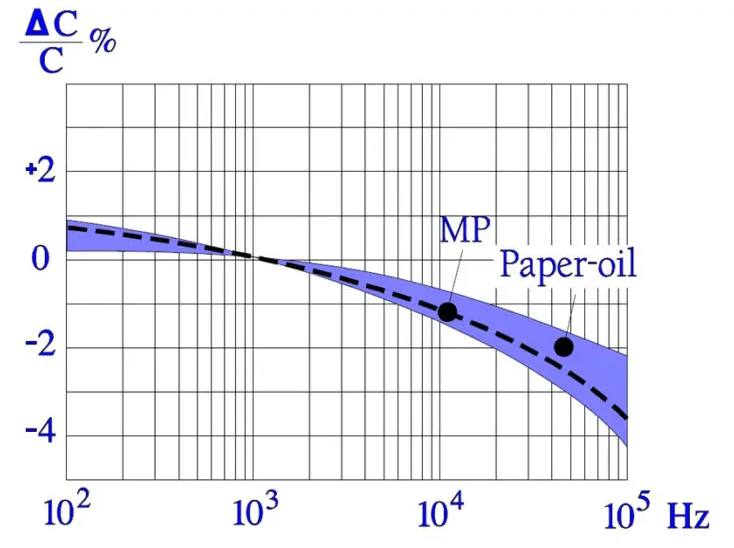
Figure 12. Typical frequency dependence of the capacitance for paper capacitors.
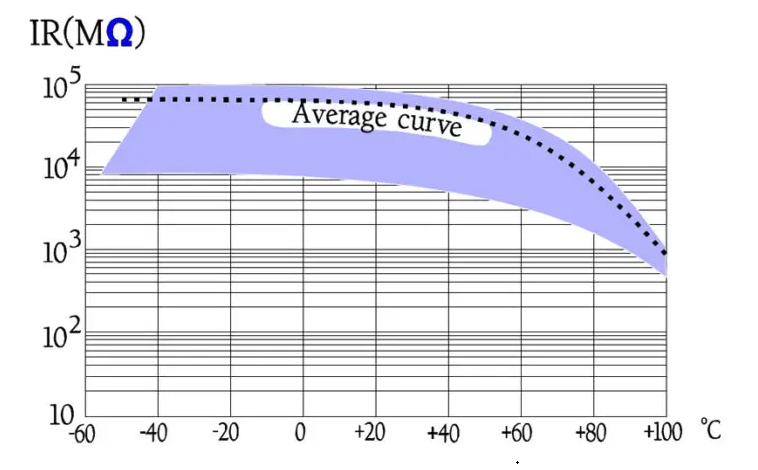
Figure 15. Typical curve area for the temperature dependence of the IR for MP capacitors.
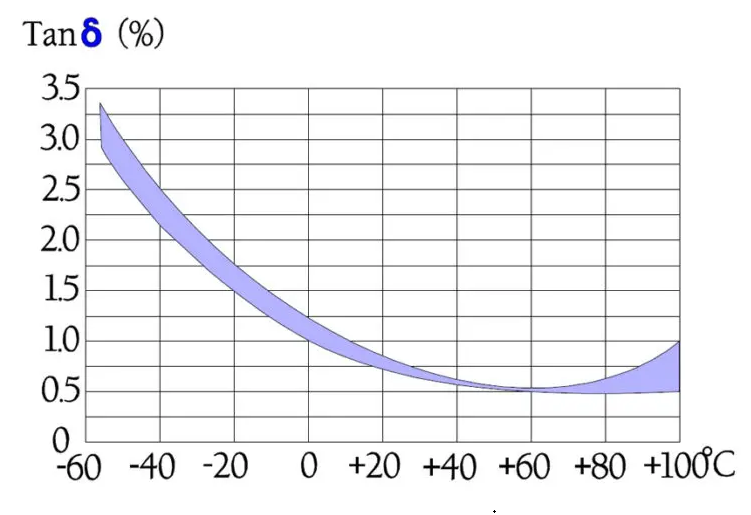
Figure 13. Typical temperature dependence of the dissipation factor for an MP capacity
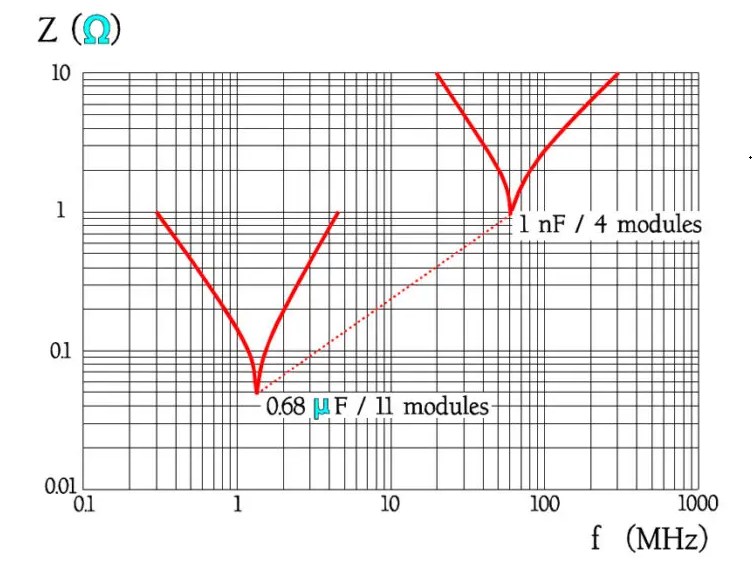
Figure 16. Examples of impedance versus frequency for MP capacitors with different capacitance and lead space.
The tip of the impedance curve in Figure 16. is in a larger magnification, not as sharp as the diagram indicates.
(In capacitors with rather high losses, such as electrolytes, the reactance curves reach the ESR contribution at frequencies far away from the resonance frequency. Here, the dipole-dependent capacitance decreases a deviation upwards from the initial reactance curve).
Failure modes
Penetrating moisture represents the greatest threat against paper capacitors because the paper absorbs humidity that affects the IR and damages the dielectric. In foil capacitors, internal, freely suspended terminal wires risk vibrating to disruption.
Survey table
Metalized and foil capacitor specification general comparison is shown in Table 2. below.
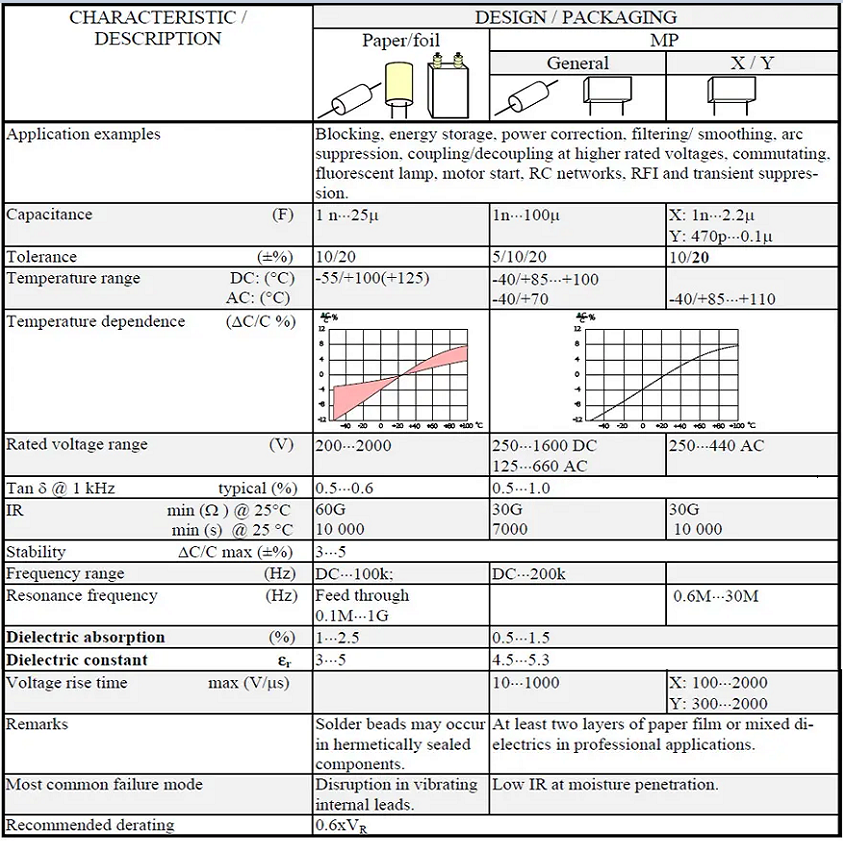
Table 2. metallized paper and foil capacitor general characteristics
Resource: Passive Components Blog

